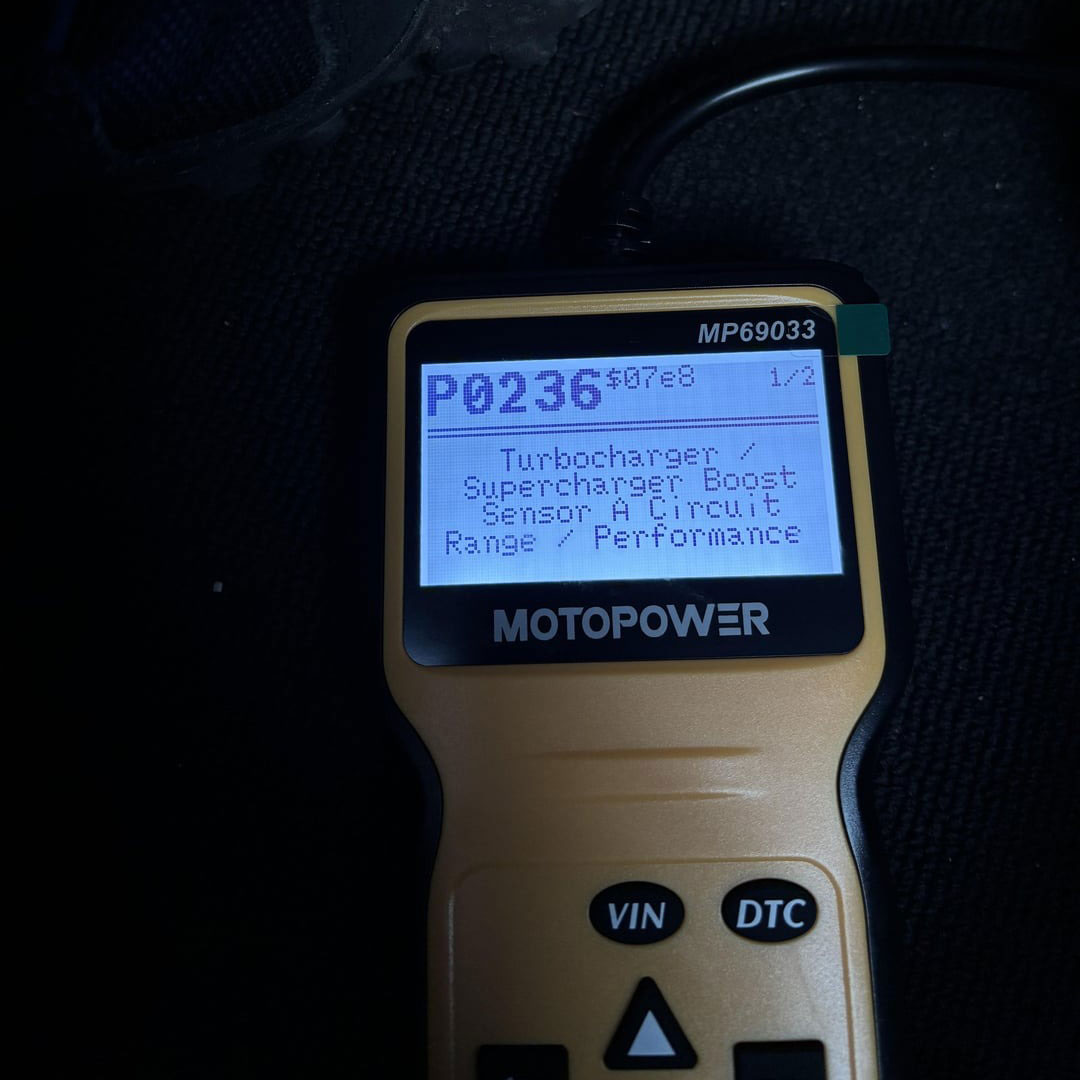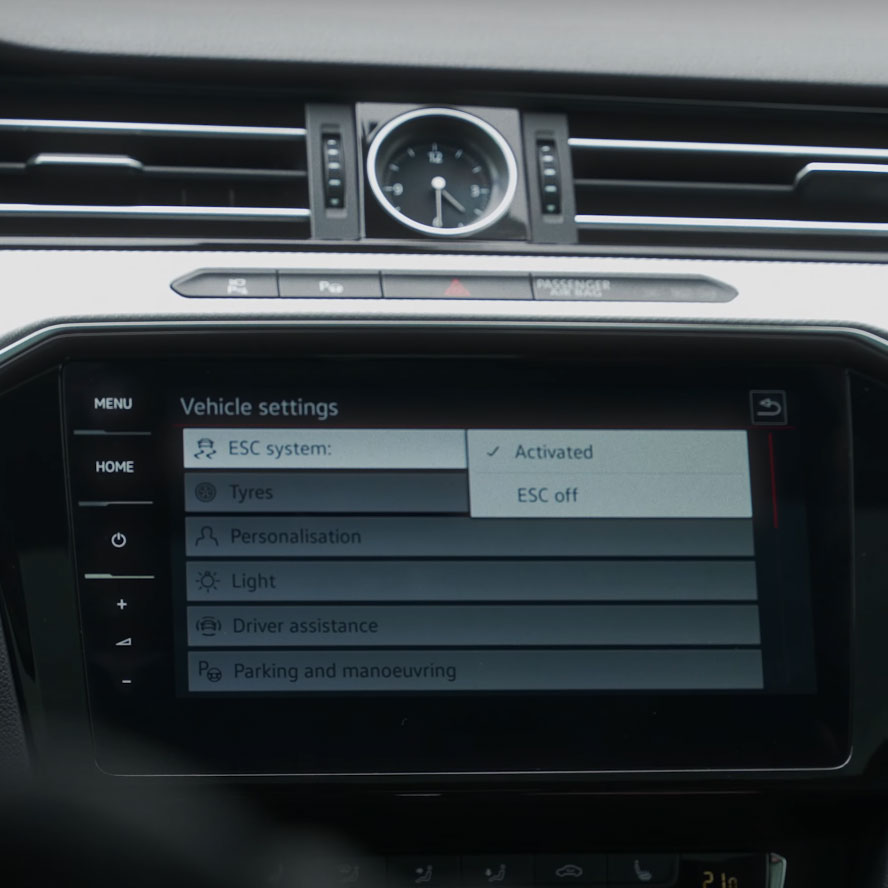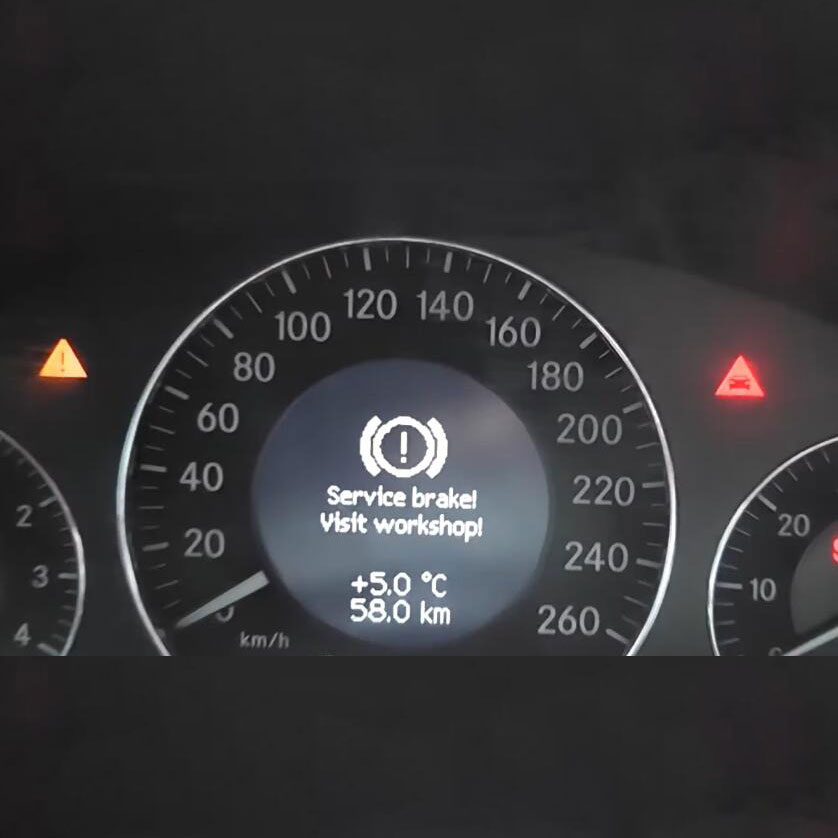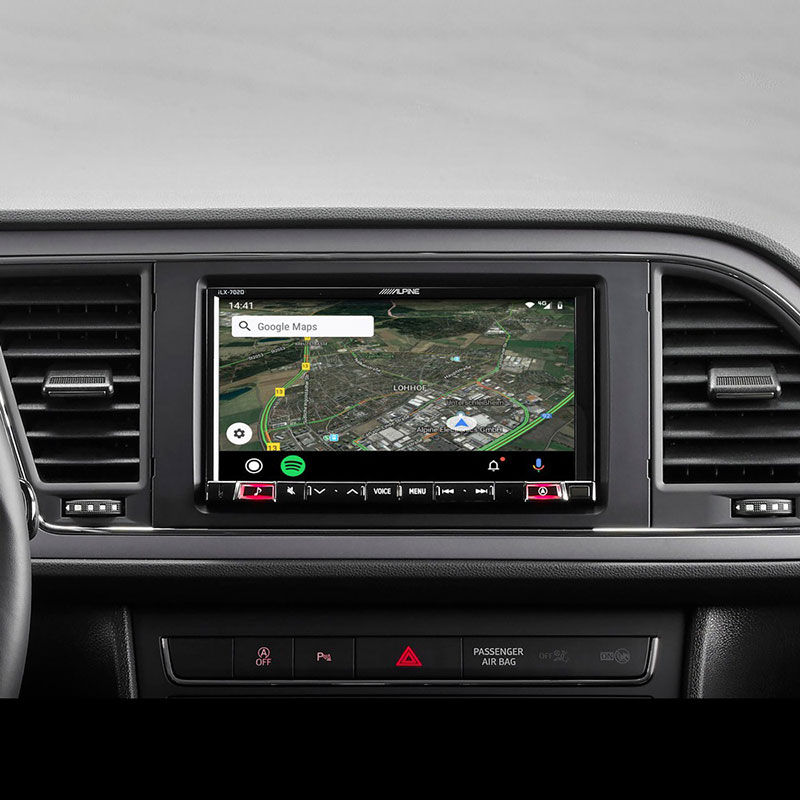
Is Audi DTC P0300:00/00768:00 a Serious Misfire Issue?
Contents
- 1. What Does Audi DTC P0300:00/00768:00 Really Mean?
- 1.1 Decoding the Error Code
- 1.2 Symptoms Associated with P0300 Misfire
- 1.3 Potential Risks of Ignoring the Issue
- 2. What Are The Common Causes of Audi DTC P0300:00/00768:00?
- 2.1 Ignition System Problems
- 2.2 Fuel System Problems
- 2.3 Vacuum Leaks
- 2.4 Compression Issues
- 2.5 Sensor Malfunctions
- 2.6 Other Potential Causes
- 3. How to Diagnose Audi DTC P0300:00/00768:00?
- 3.1 Preliminary Checks
- 3.2 Step-by-Step Diagnostic Procedure
- 3.3 Utilizing Diagnostic Tools
- 3.4 Seeking Professional Help
- 4. How to Fix Audi DTC P0300:00/00768:00?
- 4.1 Addressing Ignition System Issues
- 4.2 Resolving Fuel System Problems
- 4.3 Fixing Vacuum Leaks
- 4.4 Correcting Compression Issues
- 4.5 Rectifying Sensor Malfunctions
- 4.6 Other Solutions
- 4.7 Verifying the Repair
- 5. How Can AutoExplain.com Help You?
- 5.1 Benefits of Using Our Services
- 5.2 How to Contact Us
- 6. FAQs About Audi DTC P0300:00/00768:00
- 6.1 Can I drive my Audi with a P0300 code?
- 6.2 How often should I replace my spark plugs?
- 6.3 Can a bad O2 sensor cause a P0300 code?
- 6.4 How do I check for vacuum leaks?
- 6.5 Can low fuel pressure cause a P0300 code?
- 6.6 What is the purpose of the PCV valve?
- 6.7 How do I test an ignition coil?
- 6.8 Can a clogged fuel injector cause a P0300 code?
- 6.9 What is the first thing I should check when I get a P0300 code?
- 6.10 How much does it cost to fix a P0300 code?
- 7. Conclusion
The Audi DTC P0300:00/00768:00 indicates random or multiple cylinder misfires detected in your Audi. This error code could mean various underlying engine problems that require a methodical diagnostic approach to resolve, so let’s troubleshoot.
1. What Does Audi DTC P0300:00/00768:00 Really Mean?
Audi DTC P0300:00, also represented as 00768:00, indicates that the engine control unit (ECU) has detected random misfires across multiple cylinders, which means that the engine is not burning fuel correctly in one or more cylinders. This condition leads to rough idling, reduced engine power, increased emissions, and potential damage to the catalytic converter if left unaddressed. Addressing this issue promptly is crucial for maintaining the health and performance of your Audi. AutoExplain.com can provide expert remote diagnostic support to pinpoint the exact cause and guide you through the repair process.
1.1 Decoding the Error Code
Understanding the breakdown of the error code provides critical insights:
- P0300: This is the generic OBD-II code for “Random/Multiple Cylinder Misfire Detected”.
- 00/00768: This portion is specific to Audi’s diagnostic system, pinpointing the particular instance or subtype of the misfire event. In this case, it further defines the nature and context of the random misfire.
- 00: Usually indicates a subcode or specific condition related to the misfire, offering further diagnostic direction.
1.2 Symptoms Associated with P0300 Misfire
Recognizing the symptoms associated with Audi DTC P0300:00/00768:00 is critical for early detection and timely intervention. Here are common indicators:
- Rough Idling: The engine feels shaky or unstable when the car is stationary.
- Reduced Engine Power: The car accelerates slower than usual.
- Poor Fuel Economy: You may notice more frequent trips to the gas station.
- Check Engine Light: The malfunction indicator lamp (MIL) on the dashboard is illuminated.
- Hesitation During Acceleration: The car stumbles or hesitates when you press the accelerator pedal.
- Unusual Noises: Misfires can sometimes cause popping or sputtering sounds from the exhaust.
- Failed Emission Test: High levels of unburnt fuel can cause the car to fail an emissions test.
1.3 Potential Risks of Ignoring the Issue
Ignoring Audi DTC P0300:00/00768:00 can lead to significant engine damage and costly repairs:
- Catalytic Converter Damage: Unburnt fuel entering the exhaust system can overheat and damage the catalytic converter, requiring expensive replacement.
- Engine Damage: Persistent misfires can cause excessive wear and tear on engine components, such as pistons, connecting rods, and valves.
- Increased Fuel Consumption: Misfires reduce engine efficiency, leading to higher fuel consumption and increased operating costs.
- Failed Emission Test: High levels of unburnt fuel can cause the car to fail an emissions test.
- Driveability Issues: Reduced engine power and rough idling can make the car less enjoyable and safe to drive.
2. What Are The Common Causes of Audi DTC P0300:00/00768:00?
Several potential issues can trigger Audi DTC P0300:00/00768:00. Identifying the root cause requires a systematic approach to troubleshooting. Here are some of the most common culprits:
2.1 Ignition System Problems
The ignition system is responsible for igniting the air-fuel mixture in the cylinders. Problems in this system can cause misfires:
- Faulty Spark Plugs: Worn, fouled, or damaged spark plugs can fail to ignite the air-fuel mixture effectively.
- Defective Ignition Coils: Ignition coils provide the high voltage needed to create a spark at the spark plugs. A weak or failing coil can cause misfires.
- Spark Plug Wires: Damaged or deteriorated spark plug wires can cause a loss of voltage, leading to misfires.
- Distributor Issues: In older vehicles with distributors, a faulty distributor cap or rotor can cause misfires.
2.2 Fuel System Problems
The fuel system delivers the correct amount of fuel to the engine. Problems in this system can disrupt the air-fuel mixture and cause misfires:
- Clogged Fuel Injectors: Dirty or clogged fuel injectors can restrict fuel flow, leading to a lean air-fuel mixture and misfires.
- Weak Fuel Pump: A failing fuel pump may not provide enough fuel pressure, causing a lean mixture and misfires.
- Fuel Filter Issues: A clogged fuel filter can restrict fuel flow to the engine, resulting in misfires.
- Fuel Pressure Regulator: A malfunctioning fuel pressure regulator can cause the fuel pressure to be too high or too low, disrupting the air-fuel mixture.
2.3 Vacuum Leaks
Vacuum leaks allow unmetered air to enter the engine, disrupting the air-fuel mixture and causing misfires:
- Intake Manifold Gasket: A leaking intake manifold gasket can allow air to enter the engine, causing a lean mixture and misfires.
- Vacuum Hoses: Cracked or disconnected vacuum hoses can create vacuum leaks, leading to misfires.
- PCV Valve: A faulty PCV valve can cause vacuum leaks and disrupt the air-fuel mixture.
- Throttle Body Gasket: A leaking throttle body gasket can allow air to enter the engine, causing misfires.
2.4 Compression Issues
Compression is essential for proper combustion. Problems that reduce compression can cause misfires:
- Worn Piston Rings: Worn piston rings can allow combustion gases to leak past the pistons, reducing compression.
- Leaking Valves: Worn or damaged valves may not seal properly, leading to compression loss and misfires.
- Damaged Cylinder Head Gasket: A blown cylinder head gasket can cause compression loss between cylinders, resulting in misfires.
- Cylinder Damage: Scratches or damage to the cylinder walls can reduce compression and cause misfires.
2.5 Sensor Malfunctions
Sensors provide critical information to the ECU. Malfunctioning sensors can cause the ECU to make incorrect adjustments, leading to misfires:
- Mass Air Flow (MAF) Sensor: A faulty MAF sensor can provide incorrect information about the amount of air entering the engine, causing the ECU to miscalculate the fuel mixture.
- Oxygen (O2) Sensors: Malfunctioning O2 sensors can provide inaccurate feedback about the oxygen content in the exhaust, leading to incorrect fuel adjustments.
- Crankshaft Position Sensor: A faulty crankshaft position sensor can disrupt the ignition timing, causing misfires.
- Camshaft Position Sensor: A malfunctioning camshaft position sensor can affect the fuel injection timing, leading to misfires.
2.6 Other Potential Causes
- EGR Valve Issues: A stuck or malfunctioning EGR valve can cause misfires.
- Timing Belt/Chain Problems: A worn or stretched timing belt/chain can affect the valve timing, leading to misfires.
- ECU Issues: In rare cases, a faulty ECU can cause misfires.
3. How to Diagnose Audi DTC P0300:00/00768:00?
Diagnosing Audi DTC P0300:00/00768:00 involves a systematic approach to pinpoint the root cause. Here’s a step-by-step guide:
3.1 Preliminary Checks
- Visual Inspection: Inspect the engine for any obvious signs of damage, such as cracked vacuum hoses, loose connectors, or oil leaks.
- Scan for Additional Codes: Use an OBD-II scanner to check for any other trouble codes that may be related to the misfire.
- Check Basic Maintenance: Ensure that the car has received regular maintenance, such as spark plug replacements, oil changes, and air filter replacements.
3.2 Step-by-Step Diagnostic Procedure
-
Verify the Misfire:
- Use an OBD-II scanner to confirm that the P0300 code is present and to check for any other related misfire codes (e.g., P0301 for Cylinder 1 misfire).
- Note any freeze frame data associated with the code, as this can provide valuable clues about the conditions under which the misfire occurred.
-
Check Ignition System:
- Spark Plugs: Remove and inspect the spark plugs for wear, damage, or fouling. Replace any spark plugs that are in poor condition.
- Ignition Coils: Test the ignition coils using a multimeter or a coil tester. Replace any coils that are not functioning properly.
- Spark Plug Wires: Inspect the spark plug wires for damage or deterioration. Use a multimeter to check the resistance of the wires. Replace any wires that are in poor condition or have high resistance.
-
Check Fuel System:
- Fuel Injectors: Use a fuel injector tester to check the spray pattern and flow rate of the fuel injectors. Clean or replace any injectors that are clogged or not functioning properly.
- Fuel Pressure: Use a fuel pressure gauge to check the fuel pressure at the fuel rail. Compare the reading to the manufacturer’s specifications.
- Fuel Filter: Replace the fuel filter if it is clogged or has not been replaced recently.
- Inspect Fuel Lines: Look for any signs of damage or leaks in the fuel lines.
-
Check for Vacuum Leaks:
- Use a smoke machine to introduce smoke into the intake system and check for leaks.
- Inspect all vacuum hoses and connections for cracks or damage.
- Check the intake manifold gasket, throttle body gasket, and PCV valve for leaks.
-
Check Compression:
- Use a compression tester to check the compression in each cylinder.
- Compare the readings to the manufacturer’s specifications.
- If compression is low in one or more cylinders, perform a leak-down test to determine the source of the compression loss.
-
Check Sensors:
- MAF Sensor: Use a scan tool to monitor the MAF sensor readings. Compare the readings to the manufacturer’s specifications.
- O2 Sensors: Use a scan tool to monitor the O2 sensor readings. Check for proper switching and response time.
- Crankshaft and Camshaft Position Sensors: Use a scan tool to check the signals from the crankshaft and camshaft position sensors.
-
Other Checks:
- EGR Valve: Inspect the EGR valve for proper operation. Check for carbon buildup or damage.
- Timing Belt/Chain: Inspect the timing belt/chain for wear or damage. Check the timing marks to ensure that the engine is properly timed.
- ECU: In rare cases, the ECU may be faulty. This is usually a last resort after all other possible causes have been ruled out.
3.3 Utilizing Diagnostic Tools
- OBD-II Scanner: Essential for reading trouble codes, freeze frame data, and live sensor data.
- Multimeter: Used for testing electrical components such as ignition coils, spark plug wires, and sensors.
- Fuel Pressure Gauge: Used for measuring fuel pressure at the fuel rail.
- Compression Tester: Used for measuring compression in each cylinder.
- Leak-Down Tester: Used for identifying the source of compression loss.
- Smoke Machine: Used for detecting vacuum leaks in the intake system.
- Fuel Injector Tester: Used for testing the spray pattern and flow rate of fuel injectors.
3.4 Seeking Professional Help
If you are not comfortable performing these diagnostic steps or if you are unable to pinpoint the cause of the misfire, it is best to seek professional help from a qualified mechanic or technician. AutoExplain.com offers remote diagnostic support to assist you in troubleshooting complex issues and guiding you through the repair process. Contact us via WhatsApp at +1(936)2896695 or email at [email protected] for expert assistance.
4. How to Fix Audi DTC P0300:00/00768:00?
Once you have identified the cause of Audi DTC P0300:00/00768:00, you can begin the repair process. Here are some common solutions:
4.1 Addressing Ignition System Issues
- Replace Faulty Spark Plugs: Replace worn, fouled, or damaged spark plugs with new ones that meet the manufacturer’s specifications.
- Replace Defective Ignition Coils: Replace weak or failing ignition coils with new ones.
- Replace Damaged Spark Plug Wires: Replace damaged or deteriorated spark plug wires with new ones.
- Repair Distributor Issues: Replace the distributor cap or rotor if they are faulty.
4.2 Resolving Fuel System Problems
- Clean or Replace Clogged Fuel Injectors: Clean the fuel injectors using a fuel injector cleaner or replace them if they are severely clogged.
- Replace Weak Fuel Pump: Replace the fuel pump if it is not providing enough fuel pressure.
- Replace Fuel Filter: Replace the fuel filter to ensure proper fuel flow to the engine.
- Repair Fuel Pressure Regulator: Replace the fuel pressure regulator if it is malfunctioning.
4.3 Fixing Vacuum Leaks
- Replace Intake Manifold Gasket: Replace the intake manifold gasket if it is leaking.
- Replace Vacuum Hoses: Replace cracked or disconnected vacuum hoses with new ones.
- Replace PCV Valve: Replace the PCV valve if it is faulty.
- Replace Throttle Body Gasket: Replace the throttle body gasket if it is leaking.
4.4 Correcting Compression Issues
- Repair Worn Piston Rings: This is a major repair that involves removing the engine and replacing the piston rings.
- Repair Leaking Valves: This may involve grinding the valves or replacing them if they are severely damaged.
- Replace Damaged Cylinder Head Gasket: This is a major repair that involves removing the cylinder head and replacing the gasket.
- Repair Cylinder Damage: This may involve boring the cylinder and installing new pistons.
4.5 Rectifying Sensor Malfunctions
- Replace MAF Sensor: Replace the MAF sensor if it is providing incorrect readings.
- Replace O2 Sensors: Replace the O2 sensors if they are malfunctioning.
- Replace Crankshaft Position Sensor: Replace the crankshaft position sensor if it is faulty.
- Replace Camshaft Position Sensor: Replace the camshaft position sensor if it is malfunctioning.
4.6 Other Solutions
- Repair EGR Valve Issues: Clean or replace the EGR valve if it is stuck or malfunctioning.
- Repair Timing Belt/Chain Problems: Replace the timing belt/chain if it is worn or stretched.
- Repair ECU Issues: In rare cases, the ECU may need to be replaced or reprogrammed.
4.7 Verifying the Repair
After performing the necessary repairs, it is important to verify that the issue has been resolved:
- Clear Trouble Codes: Use an OBD-II scanner to clear the trouble codes from the ECU.
- Test Drive the Vehicle: Take the car for a test drive to see if the misfire has been eliminated.
- Monitor Engine Performance: Use a scan tool to monitor engine performance data, such as MAF sensor readings, O2 sensor readings, and fuel trims.
5. How Can AutoExplain.com Help You?
AutoExplain.com offers comprehensive support to address Audi DTC P0300:00/00768:00 and other automotive issues. Our services include:
- Remote Diagnostics: Our experienced technicians can remotely diagnose your car’s problems using advanced diagnostic tools and techniques.
- Step-by-Step Repair Guidance: We provide detailed, step-by-step instructions to help you perform the necessary repairs.
- ECU Programming: We offer ECU programming services to ensure that your car’s computer is running the latest software.
- Technical Support: Our team of experts is available to answer your questions and provide technical assistance via WhatsApp, email, or online platforms.
- Training Programs: We offer training programs to help automotive technicians stay up-to-date with the latest technologies and repair techniques.
5.1 Benefits of Using Our Services
- Expert Assistance: Our team of experienced technicians has the knowledge and expertise to diagnose and repair complex automotive issues.
- Cost-Effective Solutions: Our remote diagnostic services can save you time and money compared to traditional repair shops.
- Convenient Support: We offer flexible support options to meet your needs, including WhatsApp, email, and online platforms.
- Up-to-Date Information: We provide the latest information on automotive technologies and repair techniques.
5.2 How to Contact Us
For expert technical support and assistance with Audi DTC P0300:00/00768:00, contact AutoExplain.com today:
- Address: 1500 N Grant ST Sten Denver, CO 80203
- WhatsApp: +1(936)2896695
- Email: [email protected]
- Website: AutoExplain.com
6. FAQs About Audi DTC P0300:00/00768:00
6.1 Can I drive my Audi with a P0300 code?
Driving with a P0300 code is not recommended. The misfires can cause damage to the catalytic converter and other engine components. It’s best to diagnose and repair the issue as soon as possible.
6.2 How often should I replace my spark plugs?
Spark plugs should be replaced according to the manufacturer’s recommended maintenance schedule, typically every 30,000 to 100,000 miles.
6.3 Can a bad O2 sensor cause a P0300 code?
Yes, a malfunctioning O2 sensor can provide inaccurate feedback about the oxygen content in the exhaust, leading to incorrect fuel adjustments and misfires.
6.4 How do I check for vacuum leaks?
You can check for vacuum leaks by using a smoke machine, spraying carburetor cleaner around vacuum lines, or visually inspecting hoses for cracks and damage.
6.5 Can low fuel pressure cause a P0300 code?
Yes, low fuel pressure can cause a lean air-fuel mixture, leading to misfires and a P0300 code.
6.6 What is the purpose of the PCV valve?
The PCV (Positive Crankcase Ventilation) valve regulates the flow of gases from the crankcase back into the intake manifold. A faulty PCV valve can cause vacuum leaks and disrupt the air-fuel mixture.
6.7 How do I test an ignition coil?
You can test an ignition coil using a multimeter to check the resistance of the primary and secondary windings, or by using a coil tester to check for proper spark output.
6.8 Can a clogged fuel injector cause a P0300 code?
Yes, a clogged fuel injector can restrict fuel flow, leading to a lean air-fuel mixture and misfires.
6.9 What is the first thing I should check when I get a P0300 code?
The first thing you should check is the spark plugs and ignition coils. These are common causes of misfires.
6.10 How much does it cost to fix a P0300 code?
The cost to fix a P0300 code can vary depending on the cause of the misfire. Simple repairs, such as replacing spark plugs or vacuum hoses, may cost a few hundred dollars, while more complex repairs, such as replacing a fuel pump or repairing compression issues, can cost several thousand dollars.
7. Conclusion
Audi DTC P0300:00/00768:00 indicates a random or multiple cylinder misfire, which can stem from various ignition, fuel, vacuum, compression, or sensor-related issues. A systematic diagnostic approach is essential for identifying the root cause and performing the necessary repairs. AutoExplain.com is here to provide expert support, remote diagnostics, and step-by-step guidance to help you resolve this issue efficiently and effectively. Contact us today via WhatsApp at +1(936)2896695 or email at [email protected] for professional assistance. Let AutoExplain.com be your trusted partner in automotive diagnostics and repair.


How to Deactivate ESC in Volkswagen, Audi, Skoda, or SEAT

Mercedes Benz ‘Service Brake Visit Workshop’ Warning? Here’s What Dealers Don’t Tell You!

How to Perform Seat Navigation Update? – A Comprehensive Guide for Technicians







